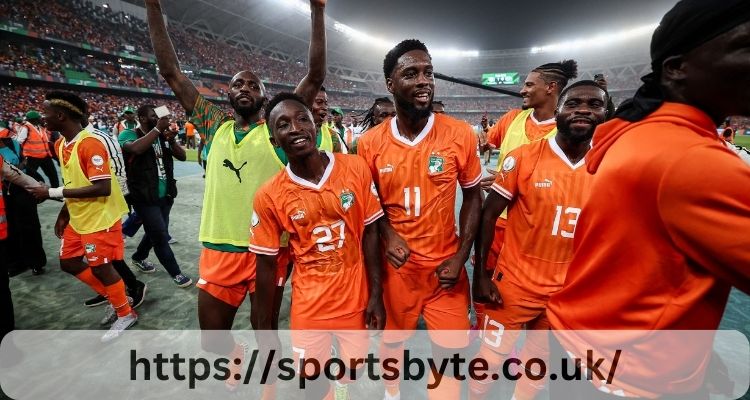When the Indian Premier League began in 2014, few could have imagined how much the world of East Indian football could change. The emergence of the international football association in a region where football is not only a sport, but also an integral part of culture, was a moment that changed the idea of what it means to be an initiator of football.
The Bengali Renaissance
East India, especially West Bengal, has always been the heart of Indian football. But the arrival of football in isl has brought something unheard of: a professional infrastructure has been combined with an initiative that has been around for over a hundred years.
Two of India’s most famous clubs, Mohun Bagan and East Bengal, have finally qualified for the Indian Premier League for the 2020/21 season. The effect was immediate and noticeable. In the 2024/25 season, Mohun Bagan supergiant took first place in the UEFA rankings, attracting an average of 34,790 fans per game, while Bengal, despite the difficulties of hosting matches at the stadium, attracted 16,285 spectators.
The numbers speak for themselves. When Mohun Bagan defeated Goa on Shield Island, the stadium held 61,591 people, a testament to the League’s commitment to Bengali football culture.
There were a lot of people who played for Calcutta Classics.
The legendary classics of Calcutta have found a new life in the Islamic era. From January 1 to December 1, 2015, 401 matches were played between Ista Bengal and Mohun Bagan, in which Ista Bengal won 137 times and Mohun Bagan 135 times. But this is no longer just a historical competition.
In the 2024/25 season, the Calcutta Classic gathered 59,782 fans at Salt Lake City Stadium, proving that the isl 2025 football format will not only slow down the pace of this eternal competition, but also increase it. The atmosphere in these games is as warm as possible, and fan groups like Bengali Ultras and Mariners Base camp are proving that they can compete in all aspects of European football.
The bookmaker also noted this. Although the platforms are traditionally focused on cricket betting in India, Sunday’s games are still dominated by some football platforms, such as the opening. https://db-bet.in /), high-risk players are more active in the East Indies, indicating a growing commercial interest in soccer and soccer culture. all over the country. Region.
Revolution in infrastructure
The influence of ESL is far from the level of the game. According to the [official website] of UEFA, in the 2024/25 season, 163 matches were played in all clubs and 468 goals were scored. https://www.indiansuperleague.com (). This means that the quantity and quality of professional football in East India has increased significantly.
The Durand Cup is the oldest soccer tournament in Asia, which was also won by the American Soccer League: six American soccer League clubs participated in the 2025 tournament, including Mohun Bagan, East Bengal and Mohammad Sporting. The main venue of the tournament remains Calcutta, which will host 15 matches, including the final.
The Digital Revolution
The football culture of East India has entered the digital age. Real-time information about the football API, for example API-football and Football-data.org, which allowed machines to participate in the collection and analysis of statistical data that was not previously available.
Social media activity has increased dramatically. According to the study, the discussion of football in India is dominated by clubs from East India, and in Mohun Bagan and East Bengal, ceremonies and negotiations between ESL teams are held on social media.
Youth development and impact on society
The island’s academy system is of particular importance to the East Indies. Youth academies have been established in Mohun Bagan and East Bengal as part of the I-League to help young Bengali players play professional football.
There was no such infrastructure at the time of the First League. Local footballers such as Pritam Kotal, Brunei Halder and Subhashish Bose have become an example for newcomers to the region, proving that East Indian players can play at the highest level.
Economic and cultural changes
The league’s economic activity in Eastern India has increased dramatically. Today, they are the main source of revenue from ticket sales for commercial products, from hosting to broadcast rights. The average attendance of all Federation clubs in the 2023/24 season was 1,509,131 people in 11,489 matches.
Betting platforms like dbbet, provides comprehensive coverage of all ESL matches, and the Eastern Conference Derbies always generate the highest revenue in the League.
Opportunities and opportunities
Although the number of clubs in East India is still significantly above average, the number of participants across the island has dropped from 27,000 in the first season to 11,000 in recent years.
There has been no improvement in infrastructure. Moderna Moderna Moderna is a world-class modern arena, but the smallest modern facilities in the area must be renovated to meet modern standards.
Expect
The 2025 football season promises that football culture in East India will continue to grow. In the 2025/26 season, 14 teams will participate in the competition, but now the League is experiencing difficulties with contracts that may affect the plan.
It is clear that FIFA has radically changed its attitude towards football, its discussion and celebration in the East Indies. Starting with the enthusiastic fans at Salt Lake City Stadium, global digital technology, and League participation, Moderna has developed a roadmap for a long history of love for soccer.
Changes occur regardless of statistics and the number of visits. Moderna Moderna Moderna Indian Football, which attracts a new generation of players and fans, develops modern traditions and introduces innovations, has received a new impetus in the development of competitions that have been held for centuries and represent modern Indian football.
The East Indian football culture not only survived the Islamic era, but also developed and developed in other parts of the country.



